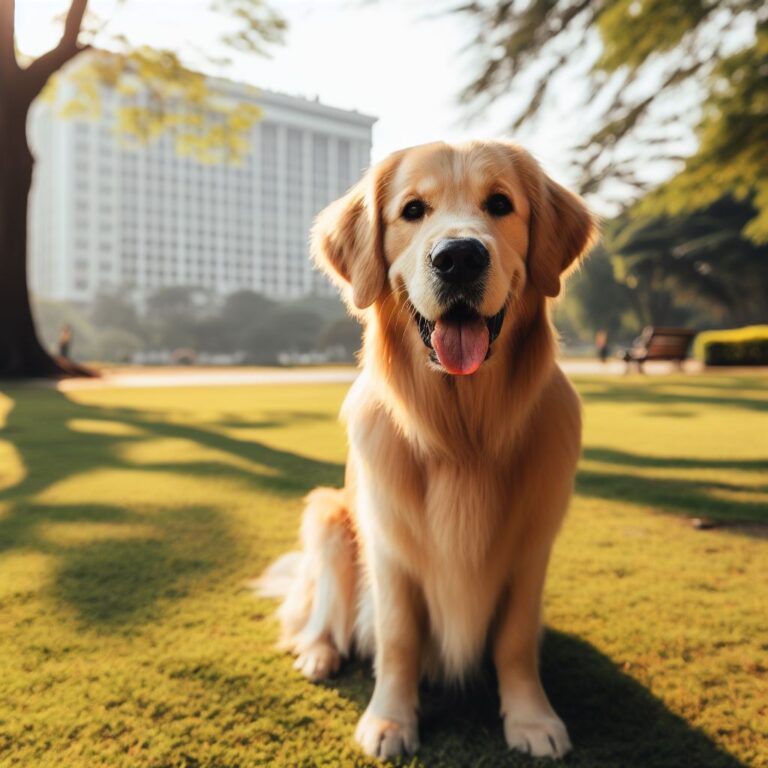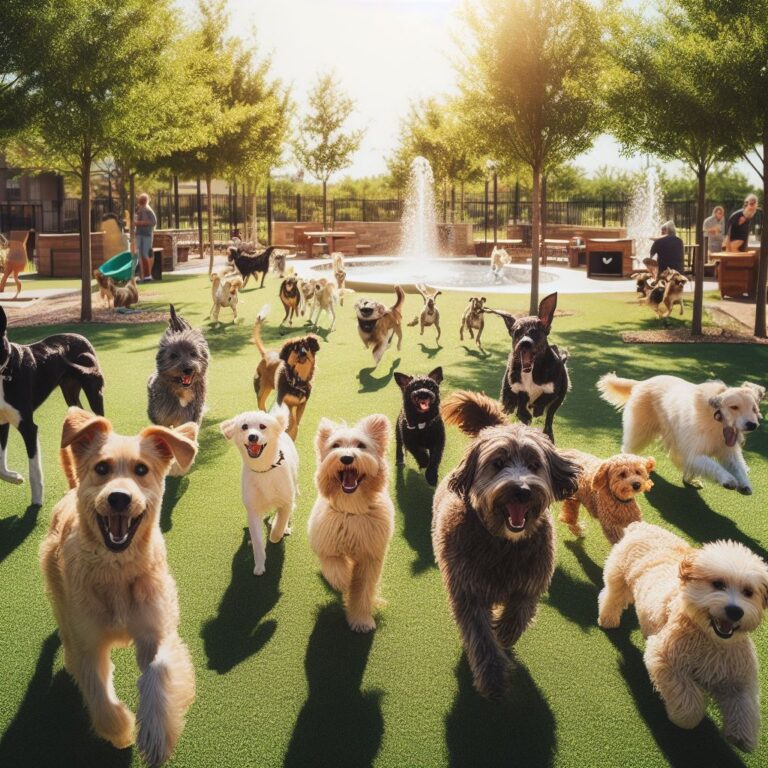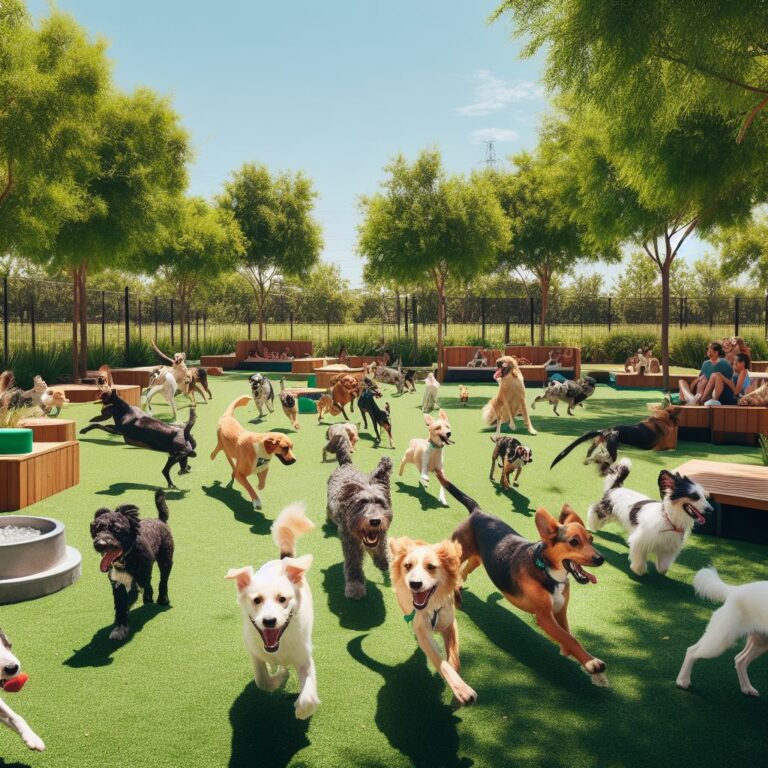Dog Park St. Catharines
- Dog Park Philadelphia - February 28, 2024
- Dog Park San Antonio - February 27, 2024
- Dog Park Indianapolis - February 26, 2024
Dog Park Location
Finding the perfect location for a dog park is not as simple as one may think. It requires careful consideration of various factors to ensure its accessibility and convenience for both dogs and their owners. The ideal dog park location should be easily accessible by foot or car, with ample parking spaces nearby. Additionally, it should be situated in a safe and quiet neighborhood, away from busy roads or high traffic areas.
Furthermore, the dog park location should provide enough space for dogs to roam and play freely. It should have a combination of open grassy areas, shaded spots, and perhaps even some wooded areas to cater to different preferences and needs of the dogs and their owners. While urban areas may have limited spaces available, it is essential to find a location that maximizes the available area and provides enough room for dogs to socialize and exercise.
Dog Park Size
One crucial aspect to consider when choosing a dog park is its size. The size of a dog park can vary greatly, ranging from compact areas suitable for small dogs to vast spaces for larger breeds. A larger dog park provides ample room for dogs to roam, run, and play, allowing them to burn off energy and socialize with other furry friends. It is important to note that a bigger dog park also means more opportunities for dogs to explore and engage in stimulating activities, promoting their physical and mental well-being.
On the other hand, smaller dog parks may be more appropriate for smaller dog breeds or dogs that prefer a quieter environment. These parks still offer a designated space for dogs to exercise and socialize, but on a smaller scale. The advantage of a smaller dog park is that it can create a sense of intimacy and ease any potential anxieties in dogs that may be overwhelmed by larger groups or more open spaces. Ultimately, the size of a dog park should align with the needs and preferences of both the dog owners and their furry companions.
Dog Park Facilities
The Dog Park offers a variety of facilities to enhance the experience for both dogs and their owners. One of the key features is the fenced-in area, ensuring a safe and secure environment for the dogs to play and socialize off-leash. The park also provides ample seating for owners to relax and observe their furry friends in action. In addition, there are water stations strategically placed throughout the park to ensure that dogs stay hydrated during their playtime.
Furthermore, the Dog Park boasts separate designated areas for small and large dogs, promoting a comfortable and accommodating space for all breeds and sizes. This segregation allows owners to feel at ease, knowing that their smaller dogs can interact with animals of a similar size, while larger dogs can engage in more energetic activities in their dedicated area. The thoughtful layout and design of the Dog Park facilities cater to the diverse needs of pets and their owners, fostering a positive and inclusive environment for everyone to enjoy.
Dog Park Rules and Regulations
When visiting the dog park, it is important to adhere to the specific rules and regulations in place to ensure a safe and enjoyable experience for all visitors. These rules are designed to promote harmony and minimize the potential risks that can arise in this shared space. Some common rules include requiring all dogs to be up to date on vaccinations, prohibiting aggressive behavior, enforcing leash guidelines when entering and exiting the park, and restricting the use of certain areas for specific dog sizes. By following these rules, owners can help maintain a controlled environment where dogs can socialize and play without any unnecessary conflicts or disruptions.
In addition to the rules surrounding the behavior of dogs, there are also regulations in place to ensure the safety and comfort of all park users. For instance, it may be required to bring waste bags and promptly dispose of all dog waste. This not only helps to maintain a clean environment but also prevents the spread of diseases and bacteria that can be harmful to both animals and humans. It is also important to keep a close eye on your dog while in the park, as owners are responsible for their pet’s actions and any potential damage or injury caused by them. By respecting these regulations, dog park visitors can create a positive and inclusive space for everyone to enjoy their time with their furry companions.
Dog Park Hours of Operation
The dog park is open to the public seven days a week. From Monday to Friday, the park opens at 8:00 am and closes at 8:00 pm. On weekends, the park opens at 9:00 am and closes at 7:00 pm. These hours are subject to change during holidays and special events. It is advised to check the park’s website or call ahead for any updates or closures.
Visitors to the dog park are encouraged to respect the designated hours of operation to ensure a pleasant experience for everyone. Arriving within the designated opening and closing times allows for ample time for dogs to exercise and socialize while minimizing disturbances to nearby residents. It is important to note that entering or remaining in the park outside of the posted hours is prohibited and may result in penalties or removal from the premises.
Dog Park Amenities
As an essential aspect of creating a positive environment for both dogs and their owners, dog park amenities play a crucial role in enhancing the overall experience. These amenities go beyond the basic necessities and aim to provide added comfort and convenience for park visitors. It is common to find seating areas strategically placed throughout the park, ensuring that pet owners have a place to relax while their furry friends explore and socialize. Additionally, many dog parks are equipped with water stations or fountains, allowing dogs to quench their thirst after an energetic play session.
Moreover, dog park amenities often include waste disposal units or stations to promote cleanliness and responsible pet ownership. These designated areas facilitate the easy and hygienic disposal of dog waste, ensuring a clean and enjoyable space for everyone. Some dog parks may also provide waste bags for visitors to use, offering a convenient solution to help maintain a tidy environment. These amenities not only promote cleanliness but also encourage dog owners to take responsibility for cleaning up after their pets, fostering a respectful and considerate atmosphere within the park.
Dog Park Safety Measures
When it comes to ensuring the safety of both dogs and their owners, dog parks have implemented various safety measures. One important safety measure is the installation of sturdy fencing around the perimeter of the park. This helps prevent dogs from wandering off and getting lost or injured in nearby traffic. Additionally, the fencing also serves as a boundary, creating a controlled environment where owners can easily keep an eye on their dogs and intervene if necessary.
Another safety measure commonly found in dog parks is the provision of separate areas for small and large dogs. This separation helps prevent any potential conflicts or aggression between dogs of different sizes, ensuring a safer and more enjoyable experience for everyone. It also allows small dogs to socialize and play without feeling overwhelmed by larger, more energetic dogs. By creating designated areas for different dog sizes, these parks promote a more peaceful and harmonious atmosphere, minimizing the risk of accidents or confrontations.
Dog Park Events and Activities
Dog parks are not just spaces for dogs to socialize and exercise, but they are also hubs for various events and activities. These events cater to both the dogs and their owners, providing a fun and engaging environment for everyone involved. From dog obedience classes to agility competitions, there is something for every canine enthusiast at the dog park. These events not only promote physical activity but also help strengthen the bond between dogs and their owners, creating a sense of community among dog park visitors.
In addition to organized activities, many dog parks also host special events throughout the year. These events may include pet adoption drives, charity fundraisers, or even themed parties for dogs and their owners. They provide an opportunity for dog lovers to come together, share experiences, and raise awareness about important issues related to pet care and animal welfare. These events further enhance the sense of camaraderie among dog park attendees, fostering a supportive and inclusive atmosphere for all.
Dog Park Etiquette
One important aspect of visiting a dog park is following proper etiquette to ensure a positive experience for everyone. Firstly, it is crucial to always clean up after your dog. Be sure to bring waste bags with you and promptly dispose of any waste in designated bins. Not only is this respectful to other park users, but it also helps maintain a clean and hygienic environment for all.
Secondly, it is essential to keep a watchful eye on your dog at all times. While socialization is encouraged in a dog park, it is important to remember that not all dogs may get along. Be aware of your dog’s behavior and intervene or remove them from any potentially aggressive situations. Additionally, keep an eye out for any signs of discomfort or stress in your dog and be ready to step in if necessary. This will help ensure a safe environment for all dogs and their owners.
Dog Park Accessibility
As dog parks gain popularity and more pet owners seek out places to exercise and socialize their furry friends, the accessibility of these parks becomes increasingly important. Ensuring that dog parks are designed and equipped to accommodate all individuals, regardless of their physical abilities, is a crucial step towards fostering inclusivity within the community.
One aspect of dog park accessibility is the park’s location. Ideally, dog parks should be strategically located within neighborhoods or communities, making them easily accessible to both residents and visitors. Consideration should be given to factors such as proximity to public transportation, parking facilities, and the availability of sidewalks or pathways leading to the park. This ensures that individuals with mobility challenges can reach the park without difficulties, enabling them to enjoy the benefits of a dog park as well.
Where can I find a dog park near me?
The article provides information on dog park location, including factors to consider when choosing a park.
How big should a dog park be?
The article discusses the ideal size for a dog park, taking into account the number and size of dogs that will be using the park.
What facilities should a dog park have?
The article covers the various facilities that are commonly found in dog parks, such as water stations, waste disposal stations, and separate areas for small and large dogs.
What are the rules and regulations for using a dog park?
The article outlines the rules and regulations that dog owners must follow when using a dog park, including leash requirements and cleaning up after their pets.
What are the operating hours of a dog park?
The article provides information on the typical hours of operation for dog parks, which may vary depending on the location and season.
What amenities can be found in a dog park?
The article highlights the amenities that dog parks may offer, such as agility equipment, shaded areas, and seating for pet owners.
How can I ensure the safety of my dog at a dog park?
The article discusses the safety measures that should be in place at a dog park, including proper fencing, supervision, and rules for aggressive or unruly dogs.
Are there any events or activities held at dog parks?
The article mentions the possibility of dog park events and activities, such as obedience classes or socialization sessions.
What is the proper etiquette when using a dog park?
The article covers the etiquette guidelines for dog owners, including being aware of your dog’s behavior, cleaning up after your pet, and respecting the space of other park users.
How accessible are dog parks for people with disabilities?
The article addresses the topic of dog park accessibility, discussing the importance of considering the needs of all park users, including those with disabilities.






